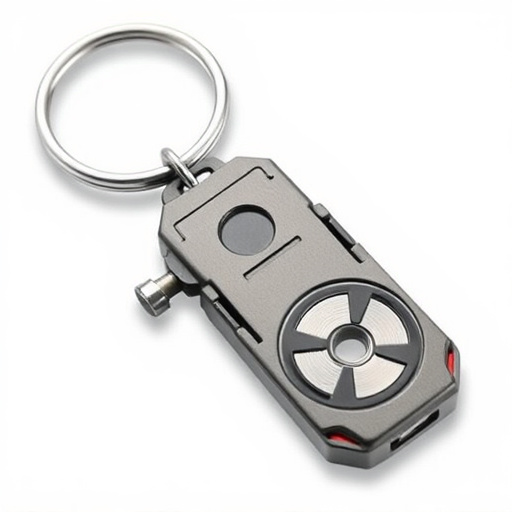Selecting robust materials like stainless steel and aluminum ensures durability and safety for non-lethal keychain defense tools. Ergonomic designs provide secure grip and precision. Incorporating non-lethal features such as LED lights, air blasts, or noise inducers offers safe, powerful options for self-defense. Quick-access triggers ensure swift deployment in emergencies.
“Unleash your personal defense with the ultimate metal keychain grip design! In an era where portability is key, non-lethal keychain defense tools offer a compact yet powerful solution. This article explores the art of creating durable and safe metal keychains. From material selection to ergonomic design, we’ll guide you through the process. Learn how to incorporate non-lethal features for maximum effectiveness without compromising control. Discover the secrets to crafting an efficient self-defense tool that fits comfortably in your palm.”
- Choosing Materials for Durability and Safety
- Ergonomic Design for Firm Grip and Control
- Incorporating Non-Lethal Features for Effective Defense
Choosing Materials for Durability and Safety
When designing a non-lethal keychain defense tool, selecting the right materials is paramount for both durability and safety. Opting for high-quality metals like stainless steel or aluminum ensures the keychain can withstand regular use and tough conditions. These materials are resistant to corrosion and offer good strength-to-weight ratios, making them ideal choices for a durable defense accessory.
Additionally, incorporating non-toxic and safe materials is essential. Avoid using any components that could potentially cause harm if used as intended. The goal is to create an effective personal defense tool without compromising user safety. By carefully considering material options, designers can offer reliable and secure keychain defenses that users can trust in emergency situations.
Ergonomic Design for Firm Grip and Control
Ergonomic design plays a pivotal role in crafting non-lethal keychain defense tools that offer firm grip and control. By incorporating human-engineered contours and textures, keychains can comfortably fit within the palm, reducing strain on fingers during use. This comfort translates into enhanced precision when deploying self-defense tactics, ensuring users have a secure grasp even in high-stress situations.
A well-designed ergonomic keychain allows for intuitive manipulation, enabling swift access to its protective features. The balance between grip and mobility is crucial; the tool should fit snugly yet not restrict circulation, fostering agility during defense maneuvers. This meticulous consideration of ergonomics turns a small keychain into an effective self-defense mechanism, appealing to individuals seeking practical and discreet personal safety solutions.
Incorporating Non-Lethal Features for Effective Defense
When designing a metal defense keychain, incorporating non-lethal features can significantly enhance its effectiveness as a self-defense tool. These features provide users with options beyond traditional physical force, ensuring safety and minimizing potential harm to attackers while still allowing for robust protection. Non-lethal keychain defenses can include various mechanisms such as high-intensity LED lights, powerful air blasts, or even noise-inducing devices that disrupt an assailant’s senses without causing permanent injury.
Integrating these non-lethal technologies requires careful consideration of balance between power and safety. For instance, a powerful stun gun feature should have adjustable settings to match different situations and user comfort levels. Additionally, incorporating quick-access triggers and ergonomic designs ensures that the keychain can be deployed swiftly and comfortably during moments of distress. By combining these non-lethal features with robust metal construction, the defense keychain becomes a versatile and reliable tool for personal safety without resorting to lethal force.
When designing a metal defense keychain, prioritizing durability, safety, and functionality is key. By selecting robust materials, implementing ergonomic features, and incorporating non-lethal components, you can create an effective self-defense tool that offers users peace of mind. Non-lethal keychain defenses provide a reasonable level of protection while adhering to legal restrictions, ensuring that folks can confidently carry their defense wherever they go.
